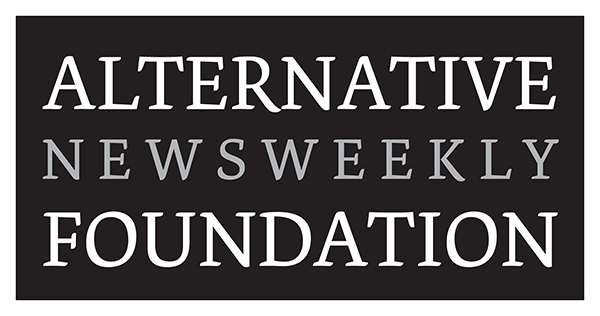There’s a lot of buzz right now about securing monthly recurring donors and it’s a fundraising trend in 2024 for good reason. Sure it can take time to implement a program or give your current one a tune up, but as the statistics from three sources below show, dedicating resources is worth the short term effort.
From a March 2024 Bloomerang webinar –
- The cost to secure a new donor is 2-3 times more than the initial donation amount
- The new donor cost is 5 times more than maintaining a recurring donor
- Renewal response rates are 20-30 times higher than acquisition response rates
Here are some reasons from Neon One and their April 2024 report summarizing five years of recurring giving patterns from 2018-2022. They found –
- The average nonprofit’s recurring donor
- base grew 127% and has a 78% retention rate
- has a lifetime of just over 8 years
- That 50% of recurring donors gave additional gifts
- Individual recurring donors gave about $949.19 per year – $79.10/month
According to M+R Benchmarks, here’s how the number of monthly donors has increased over the last three years –
- From their 2024 annual report, revenue from monthly giving increased by 6%, and accounted for 31% of all online revenue in 2023
- The 2023 annual report stated revenue from monthly giving increased by 11%, and accounted for 28% of all online revenue for the prior year
- Looking at their 2022 annual report, monthly giving increased by 24%, and accounted for 22% of all online revenue in 2021
To summarize M+R Benchmarks, in the last three years monthly giving has grown from 22% of all online revenue, to 28%, and then to 31% – almost 1/3 of the donor base is recurring.
Ready to consider long term gain and giving monthly recurring donors a larger presence in your fundraising portfolio? Here are some tips to get started.
- Create a program and give it a name – perhaps “Friends of publication name”.
- Will you offer benefits for being a member? Special articles or features? Annual gathering? Offer a few perks of value.
- Promote via social media, email, newsletter, website and all other relevant avenues. Perhaps a perk to the first 100 new recurring donors?
- Keep in touch with “Friends of publication name” so they know how valued and cherished they are, thus increasing their emotional investment. Ensure donors feel like the hero.
- Send a special monthly or quarterly newsletter highlighting key activities and/or milestones reached, and the positive impact donors make for your organization through their contributions.
- Show your appreciation by sending an anniversary email or postcard recognizing their giving.
- Staff and board members can make gratitude calls, no donation ask, just thankfulness.
- Contact current donors
- For first time donors, and thus potential recurring donors, contact them within 24 hours of their gift and provide a personal thank you.
- Review your current non-recurring donor list. Who has consistently donated for the past few years?
- Ideally, contact them via phone and offer gratitude for continuously supporting your nonprofit. Should the conversation feel right, inquire what interests them about your organization, discuss upcoming goals, and request they join “Friends of publication name” for monthly donors to help make these goals a reality.
- A personalized email works as well following the tips above.
- Contact current recurring donors, and in addition to the suggestions above, ask if they will consider increasing their monthly donation.
- The saying goes “timing is everything” and your monthly donor program is no exception. Here are a few more statistics from Neon One.
- People are most likely to initiate recurring gifts in the months of May, November and December.
- The least likely months are February, March and August.
- Recurring donations set up on GivingTuesday account for roughly 12% of all recurring gifts for the month.
- Donors generally make recurring gifts late morning and early afternoon.
Lastly, a monthly recurring donor program aids budgeting, makes donating easy for the individual – it’s another monthly subscription on the card, which we all are increasingly becoming accustomed to – and is a donation-focused fundraising strategy for sustainability.
Consciously and intentionally dedicate time and effort to a monthly giving program. What you feed, grows.





